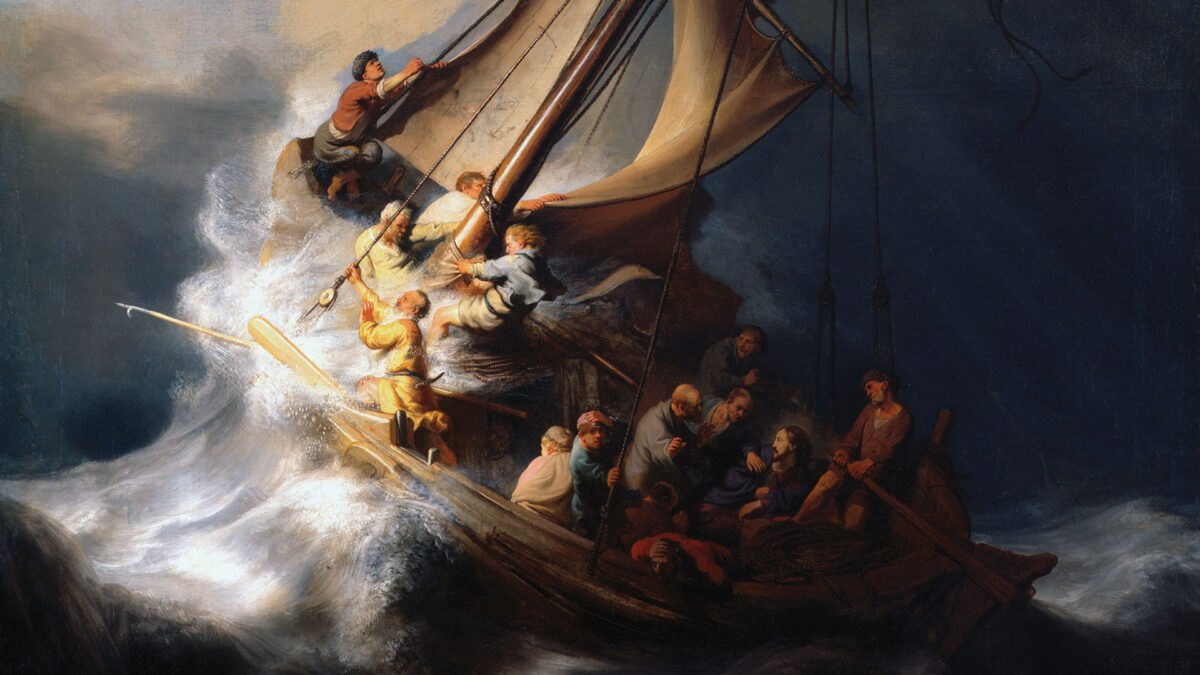Seeing and hearing a different perspective

Rembrandt van Rijn was a Dutch seventeenth-century artist who enjoyed painting stories that featured Jesus. He opened his Bible and studied the texts to find details to include in his paintings. He saw his Bible as a diary of his own life: full of adventure, difficult times, and triumph as he lived with Jesus.
A look at the painting Christ in the Storm on the Sea of Galilee* reveals Rembrandt’s connection to the story. The seas are wild, and the sky is black as the sail of the boat is ripped and its ropes are broken. At the front of the boat are terrified and panicked disciples trying with all their might to save themselves. One man is vomiting over the side while holding the top of his head for stability. Down the back of the boat we see five disciples next to Jesus. One is kneeling and praying. Another is grabbing the clothes of Jesus as if to say, “Why don’t You do something?”
Then we see the artist, Rembrandt. He has painted himself in the boat holding on to a rope with one hand and his hat with the other. Why did Rembrandt include himself in this story? And why is he looking out at the viewers of his painting? Because, like many of us, even the famous Rembrandt experienced rough seas in his life. Tough times that made him wonder whether or not he would survive. Rembrandt married Saskia, the love of his life, and together they had four children. Within just a few years Rembrandt saw his wife, three of his children, and his mother die. He went bankrupt and became depressed.
The timing of the story is important. Rembrandt painted the scene just before Jesus rose to His feet to tell the waves and wind, “Peace, be still.” The point that Rembrandt is making is from the Bible and his own experience. Even when everything looks hopeless in life, Jesus is with us, and He will bring us peace.
*Christ in the Storm on the Sea of Galilee, Rembrandt van Rijn, 1633 (oil on canvas). This painting was stolen in 1990 from the Isabella Stewart Gardner Museum in Boston.









